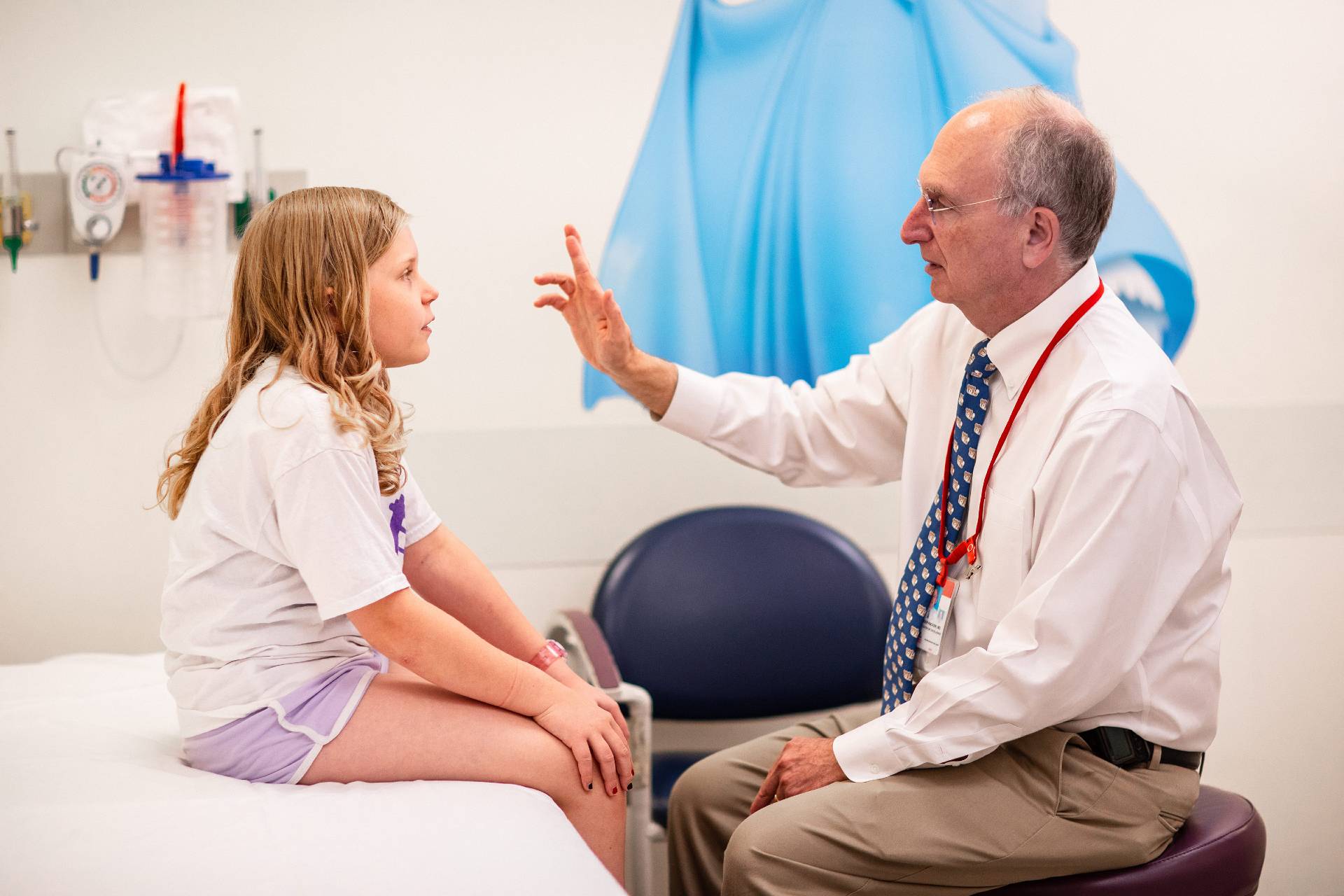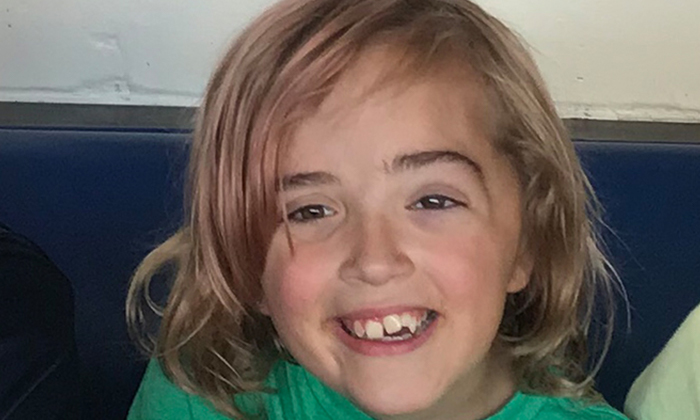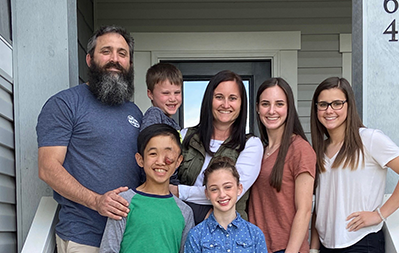Condition
Pediatric Neurofibromatosis Tumors
What You Need to Know
Neurofibromatosis tumors are tumors of the optic nerve and visual pathway. These are a common type of brain tumor in children with neurofibromatosis.
Key Symptoms
Neurofibromatosis tumors can manifest differently in each child, children with neurofibromatosis tumors may experience some or all of the following symptoms:
- Visual and neurologic disability
- Unilateral or bilateral blindness
Diagnosis
Doctors diagnose NF based on the following:
- Child's family history
- Imaging studies
- Genetic testing
Treatment
Treatment options for neurofibromatosis tumors will vary depending on the location of the tumor. Some potential treatments include:
- Observation
- Surgery
- Chemotherapy
Tumors of the optic nerve and visual pathway are the most common types of brain tumors in children with neurofibromatosis. Affecting nearly 20% of all children with neurofibromatosis, tumors can be incidental findings found on neuroimaging studies performed on asymptomatic children or progressive lesions that cause visual loss and other types of neurologic complications.
About half of all optic nerve and visual pathway tumors occur in children with neurofibromatosis. In general, the rate of progression is somewhat slower, and the degree of visual and neurologic disability caused by visual pathway gliomas is less in children with neurofibromatosis type 1. In some cases, however, the tumor can grow rapidly and cause unilateral or bilateral blindness.

Schedule an Appointment
Our pediatric specialists provide personalized care for your child’s physical, mental and emotional health needs. Meet the providers who treat neurofibromatosis tumors and schedule an appointment today.


Frequently Asked Questions
How are optic nerve gliomas in children diagnosed?
How are optic nerve gliomas in children treated?
What is a brain stem glioma?
How are neurofibromatosis brain tumors in children treated?
Departments that Treat Neurofibromatosis Tumors

The Gilbert Family Neurofibromatosis Institute
Learn more about our world-renowned Gilbert Family Neurofibromatosis Institute, which helps children with neurofibromatosis type 1 or 2 live more normal lives.

Help Kids and Make a Difference
Invest in future cures for some of life's most devastating diseases. Give today to help more children grow up stronger.









